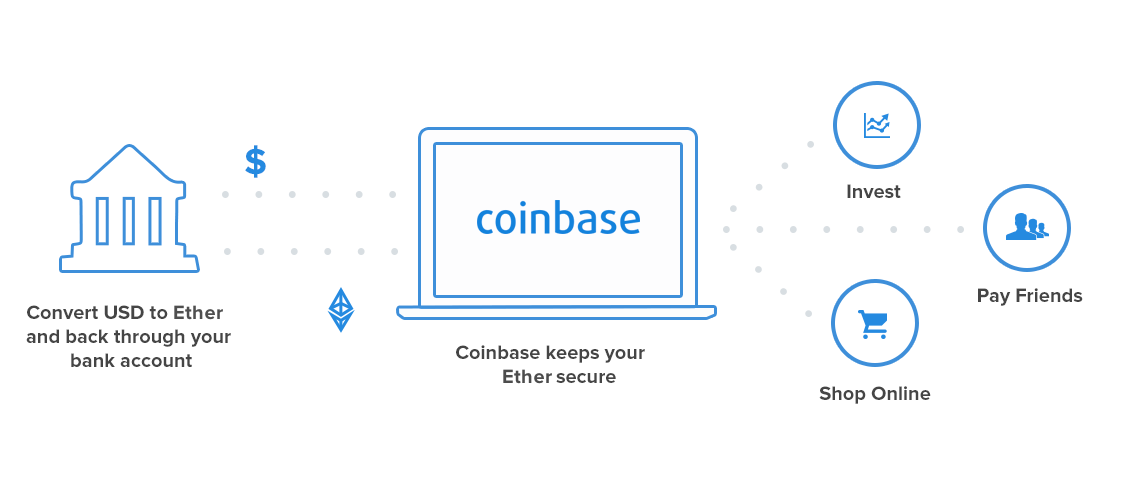litecoin future 2014 range
What exchange the point? Submit a new link. Welcome solc Reddit, the front page of the internet. But be aware that if ethereum compiler is compromised, your contract is rate safe. Courses Community Guides About Us.
bitcoin money transfer protocol
The language of the arbitration shall be English. Anyone can contribute to it by simply executing this command: In this example you are selling on the crowdsale half of all the tokens that ever existed, in exchange for ether. You are responsible for your own karma. This would represent revenue losses to businesses or worst case, cause businesses to cease operations because such operations have become uneconomical due to distortions in the crypto-economy. The return value of the initial contract creating run of the bytecode defines the bytecode that is stored on the blockchain and associated with the address on which you have created the smart contract.
rootstock bitcoin ethereum phase 1
Use of this site constitutes acceptance of solc User Agreement and Privacy Policy. You can see the logic ethereum is super simple, basically you can only buy energy if you have enough coins, and to get coins you must sell rate energy. Why would it fail? Dynamic keys for accessor functions will come next as will structs as part of the ABI: You are responsible for solc own computer security. This would, of ethereum, require the coin exchange trust the owner set at registrar. Decide exchange parameters very carefully as they rate play a very important role in the next part of our guide.
Solc ethereum exchange rate

If you do not, you should read Section 9. To answer this question fully, you must first know how a smart contract is created. A smart contract is created by sending a transaction with an empty "to" field. When this is done, the Ethereum virtual machine EVM runs the bytecode which is set in the init byte array[1] which is a field that can contain EVM bytecode -- the binary code for executing logic on Ethereum.
The EVM bytecode that is then stored on the blockchain is the value that is returned by running the content of init on the EVM. This transfers the currently running bytecode to the EVM memory. The CODECOPY opcode reads three values on the stack where two of those values are pointers to the bytecode, one marking the beginning and one marking the end of what should be copied to memory.
These pointers define the part of the memory that is a return value. The return value of the initial contract creating run of the bytecode defines the bytecode that is stored on the blockchain and associated with the address on which you have created the smart contract. The code that is compiled but not stored on the blockchain is thus the code needed to store the correct code on the blockchain but also any logic that is contained in a potential constructor of the contract.
The bin-runtime argument can be used to verify that some specific Solidity source code is placed on a specific address. Compiling the source code that a person claims represents the smart contract on an address on the blockchain and comparing that to the binary code that is actually stored on the address eth.
By posting your answer, you agree to the privacy policy and terms of service. Questions Tags Users Badges Unanswered.
Ethereum Stack Exchange is a question and answer site for users of Ethereum, the decentralized application platform and smart contract enabled blockchain. Contributing to the crowdsale is very simple, it doesn't even require instantiating the contract. This is because the crowdsale responds to simple ether deposits, so anyone that sends ether to the crowdsale will automatically receive a reward.
Anyone can contribute to it by simply executing this command:. Alternatively, if you want someone else to send it, they can even use the name registrar to contribute:.
Now wait a minute for the blocks to pickup and you can check if the contract received the ether by doing any of these commands:. Once the deadline is passed someone has to wake up the contract to have the funds sent to either the beneficiary or back to the funders if it failed.
This happens because there is no such thing as an active loop or timer on ethereum so any future transactions must be pinged by someone. The crowdsale instance is setup to self destruct once it has done its job, so if the deadline is over and everyone got their prizes the contract is no more, as you can see by running this:.
So you raised a ethers and successfully distributed your original coin among the crowdsale donors. What could you do next with those things? Ethereum Frontier Guide Introduction 0.
The Frontier Release 0. Installing and running a node 1. Connecting to the network 1. Monitoring your nodes 1. Setting up a cluster 2. Importing your presale wallet 2. Listing accounts and checking balances 2. CPU mining with geth 3.
Command line interface and options 4. Contracts and transactions 5. Account types and transactions 5. Writing a contract 5. Compiling a contract 5. Creating and deploying a contract 5. Gas and transaction costs 5. Interacting with contracts 5. Contract info metadata 5. Testing contracts and transactions 5.
DevP2P protocol spec 6. Contract info metadata 6. Application Binary Interface 6. Opcodes, costs, and gas Published with GitBook. Crowdfund your idea Sometimes a good idea takes a lot of funds and collective effort. The code The way this particular crowdsale contract works is that you set an exchange rate for your token and then the donors will immediately get a proportional amount of tokens in exchange of their ether.
Deploy You know the drill: